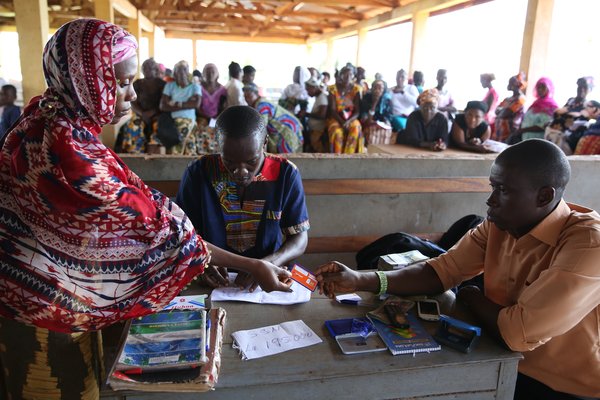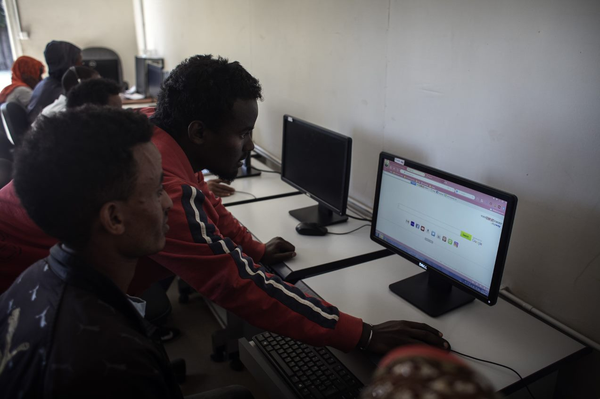
Bogra, Bangladesh, cash distribution pilots during 2016 monsoon flood. Photo via Photo: Olaf Neussner/German Red Cross. CC BY-NC 2.0
This discussion paper was originally published via the United Nations University Centre for Policy Research.
Introduction
The drivers of migration are complex, multi-layered, and context specific. Such drivers include, for instance, the need to manage a broad range of socioeconomic risks and livelihood changes, including job loss, old-age, and childrearing. Migration can occur when environments rife with such risks and with limited social and economic prospects, inequality, political and economic insecurity, conflict, violence, and human rights abuses meet the desire for change.
But even under dire circumstances, migration may not always be the outcome. First, most people have no aspiration to migrate, while others do not have the capacity to migrate even though they may wish to do so. Aspirations to migrate are realized when a number of factors align, including access to a social network that can enable migration pathways, the funds to pay for the costs, and the knowledge and skills required to navigate every step of the way.
Second, in the face of dire livelihood challenges, migration may not even be the only option available to people. Instead, they may opt to manage livelihood risks in other ways. One policy area of particular – and growing – interest is social protection, the range of publicly-mandated actions that seek to address risk and vulnerability, often among poor and near-poor households, such as pensions, child benefits, unemployment benefits, or public works programmes. Given the important role played by risk in the decision to migrate, access to social protection can affect the decision to migrate.



